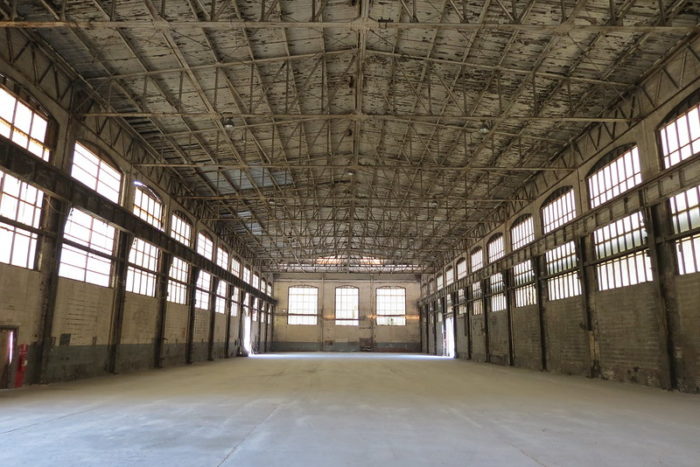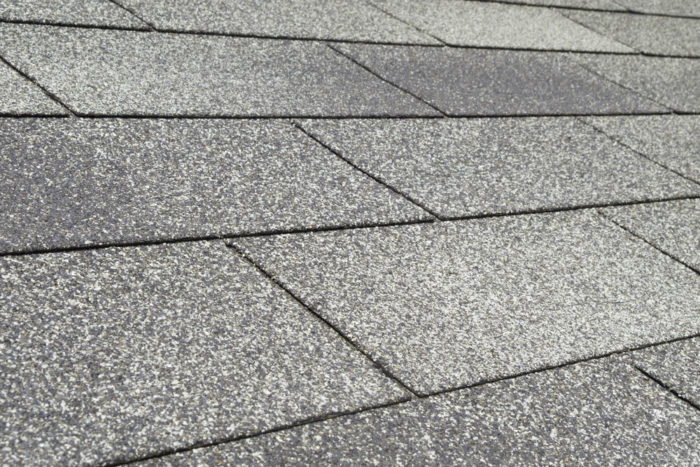What Are The Disadvantages Of Tar And Gravel Roofing?

They can be heavy, have a shorter lifespan than modern materials, and are not as effective in extreme weather conditions. Also known as built-up roofing (BUR), has several disadvantages compared to other roofing materials.
Here are some common drawbacks…
- Weight – Tar and gravel roofs can be heavy due to the multiple layers of materials, including asphalt-saturated felt, tar/bitumen, and gravel. This weight can put stress on the building’s structure and may require additional structural support.
- Installation Complexity – Installing a tar and gravel roof is a labor-intensive process that requires specialized skills and equipment. It involves multiple layers of materials that must be applied in specific sequences, making it more complex and time-consuming compared to some other roofing systems. Improper installation can lead to performance issues and premature failure of the roof.
- Maintenance Requirements – Tar and gravel roofs require regular maintenance to ensure their longevity and performance. This includes periodic inspections, gravel replacement, and resealing of seams and flashings to prevent leaks and water damage. Neglecting maintenance can lead to deterioration of the roof membrane and costly repairs.
- Susceptibility to Damage – Tar and gravel roofs are susceptible to damage from foot traffic, falling debris, and extreme weather conditions. The gravel layer provides some protection against UV radiation and thermal expansion/contraction, but it can become displaced or washed away over time, leaving the underlying roofing materials vulnerable to damage.
- Limited Aesthetics – Tar and gravel roofs have a utilitarian appearance and may not offer the aesthetic versatility of other roofing materials. While colored gravel or aggregate can be used to create a more visually appealing surface, the overall appearance of a tar and gravel roof may not suit every architectural style or design preference.
- Environmental Concerns – The production and installation of tar and gravel roofs involve the use of petroleum-based products, which can have environmental impacts such as air and water pollution. Tar and gravel roofs are not recyclable at the end of their lifespan and may contribute to landfill waste.
- Fire Risk – Tar and gravel roofs are flammable, as the tar/bitumen used in their construction is combustible. While gravel provides some fire resistance, it does not eliminate the risk of fire damage. Proper fire protection measures, such as installing fire-resistant barriers and using fire-retardant materials, may be necessary to mitigate this risk.





Leave a Comment